Advertisement
Field Guide to Boston
A king, a spy and intrigue: How Mass. helped make strawberries so delicious
Resume
On one of the shortest nights of the year, the “Strawberry" full moon will cast its pink hues across the darkened sky on June 21. This early summer phase heralds the height of that enticing, plump fruit’s fleeting season. But there was a time when American strawberries were lackluster little nuggets, according to food historian Susan Benjamin.
“Thomas Jefferson wrote in the 1700s that you would have to have a hundred of these teeny strawberries to fill a half pint-sized container,” she said.
Benjamin was delighted to trace the strawberry’s intriguing evolution, so we started with a road trip to Russell Orchards in Ipswich. There she crouched down among the long rows of ground plants and rustled through their bright green leaves. As Benjamin plucked a few luscious strawberries she posed a question.
“Who knew these beautiful, perfect fruits actually came to us via spies and pirates and experiments and lost names that bring us back to Massachusetts?”
I, for one, had no clue. Then Benjamin took me back in time.
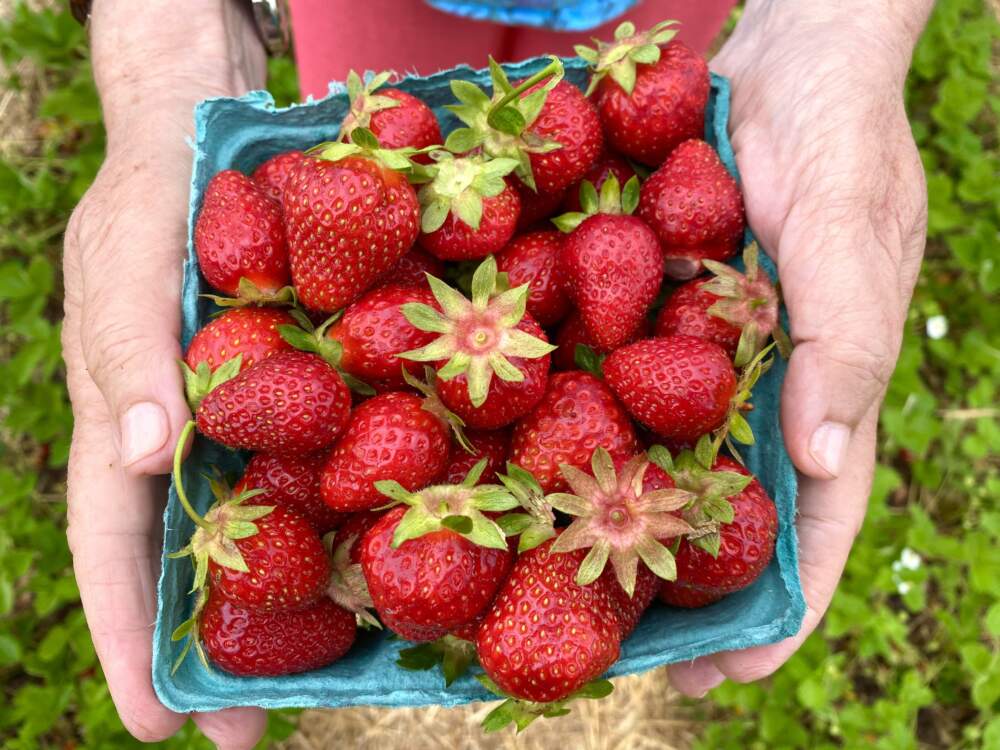
“So the story begins in the 1600s when somehow an American strawberry called the Virginia strawberry landed in France,” she said, “and there, Louis XIV fell in love with it. And nobody really knows how it even got there.”
How the king’s fancy would become the strawberry of today is also something of a mystery.
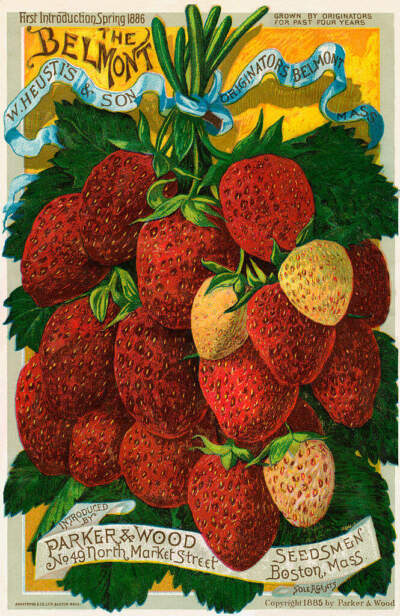
“Now let’s flash forward to when King Louis saw something ahead of him he did not like — Chile was going over to the Spanish. He hated that. He wanted it for the French.” Benjamin continued, "Nothing he could do about it, but what he did do was he sent this lieutenant, whose name was Frézier, to Chile to spy.”
Apparently Amédée-François Frézier excelled at posing as somebody other than he was. He pretended to be a sea captain, and got in with the rich and mighty. “And more important for us, he got in the gardens of the rich and mighty,” Benjamin said. “And there he discovered the Chilean strawberry.” It was huge, with gorgeous red flesh — but also really disappointing. “It had zero flavor,” Benjamin said.
Even so, Frézier decided to take that big Chilean strawberry back home with him to France on a tempestuous, 160-day voyage. “It endured storms,” Benjamin said. “It endured pirates all over who wanted to just raid the ship.”
Once in France, more horticultural drama unfolded. “Because somehow our Virginia strawberry and the Chilean strawberry got together and became a different strawberry,” Benjamin said, “which was rich and lush and huge and delicious all at once.”
Advertisement
And how did that happen?
“Nobody really knows,” Benjamin answered, then joked, “maybe they just kind of got together in the middle of the night when the nursery was closed — but there we have it.”
Well, that hybrid was so tasty it spread all over Europe. But there was a problem.
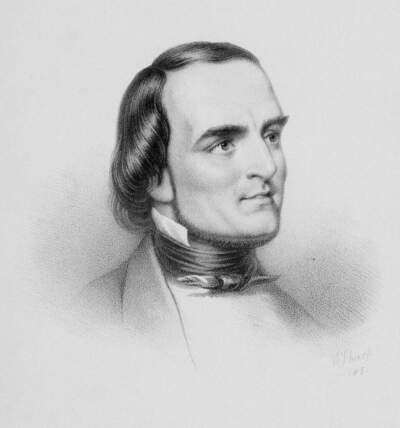
“Back in the U. S. in the 1800s, nobody really could figure out how to make the American strawberry with the Chilean strawberry — or any other strawberry — that was as tasty as the one in Europe,” Benjamin said.
Enter Charles Hovey, a 19th century botanist, nurseryman, and author from Cambridge, who was well known to the local horticultural society. “Somehow he managed to figure out how to make the parent to the strawberries that we have today,” Benjamin said. “It was a game changer in the American landscape of strawberries.”
Hovey’s creation became a star. Benjamin said in 1835, strawberry fanatics were dumbstruck by its size and quality when it was exhibited at the Massachusetts Horticultural Society. She found old newspapers that dubbed it the father of the modern strawberry. “In the late 1800s, the New York Times was saying it was the best of all strawberries of hundreds of possible options. One place even said that it was so good that it reached perfection.”
With all the intrigue, pirates, kings and spies that mark the strawberry’s past, Benjamin said there’s one more juicy conundrum related to Hovey’s hybrid.
“Today, we eat some version of its DNA all over the country — oh, I might add all over the world — except that Hovey didn't know what strawberries he used to create this hybrid. He lost the name tags,” Benjamin said. “So the mystery that has followed the strawberry from the very beginning prevails today.”
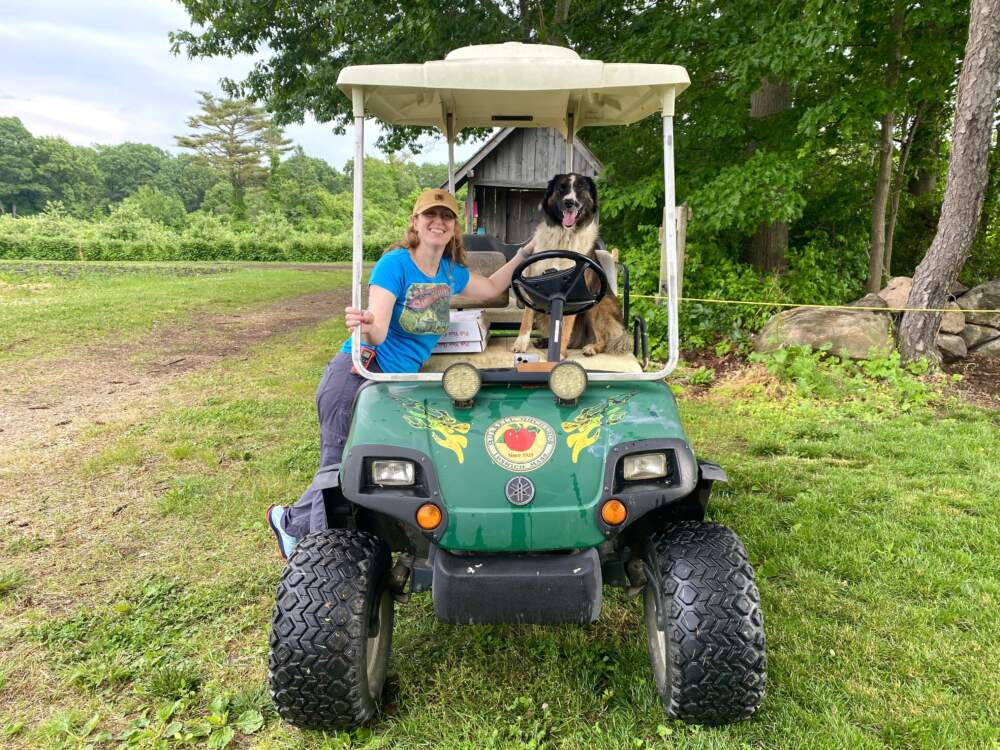
Even a strawberry expert like Ipswich orchard co-owner Miranda Russell was surprised to learn about the fruit’s journey to Massachusetts. “We're surrounded by acres of strawberries, and it's just really cool to be finding out about the secret history of the strawberry,” she said.
“We work so hard to have the cultivated varieties that everybody has come to know and love, but it's a really neat to think of the strawberry’s beginnings.”
Russell's husband Doug grows the orchard's strawberries. Miranda said New Englanders get really keyed up at this time of the year knowing the fruits are hitting their peak. “It's sort of this collective unconscious that says it's time to go strawberry picking,” she said.
And Susan Benjamin urges us to do just that.
“You know, it's June, go pick some strawberries, go make a strawberry shortcake,” she said, “Whatever it is, somehow in there is Hovey’s strawberry, and a whole lot of New England horticultural history.”
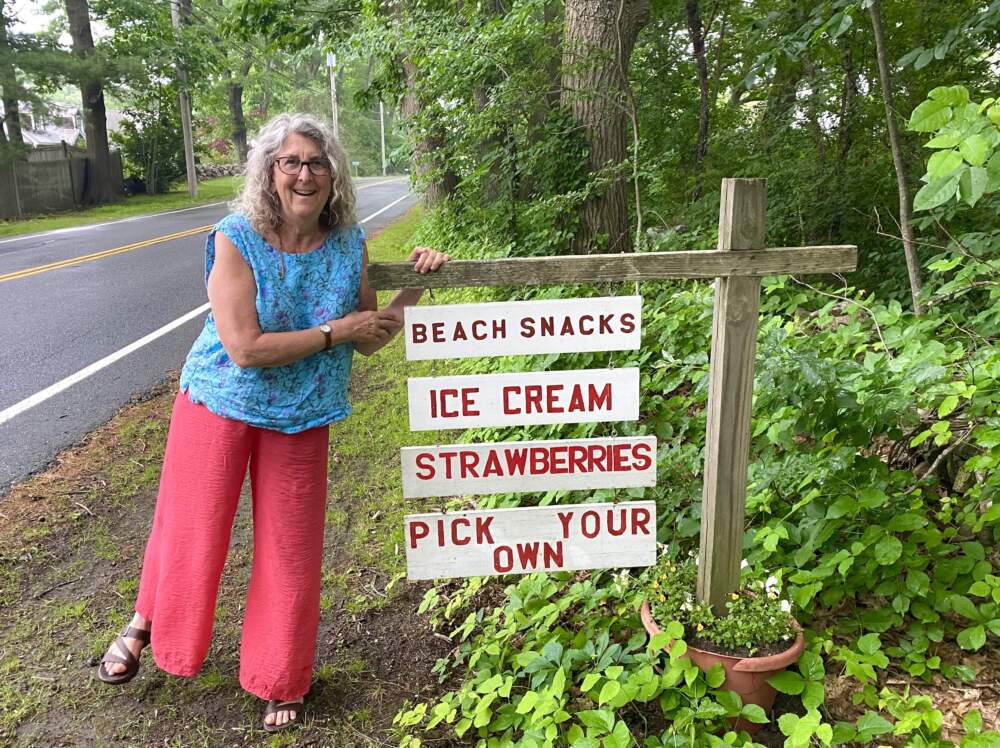
Susan Benjamin is owner of the historic candy shop True Treats, and author of numerous books, including the upcoming title, “Fun Foods of America.”
This segment aired on June 21, 2024.
